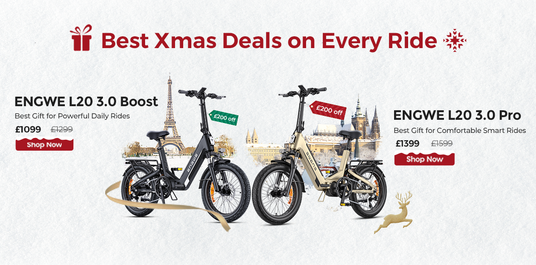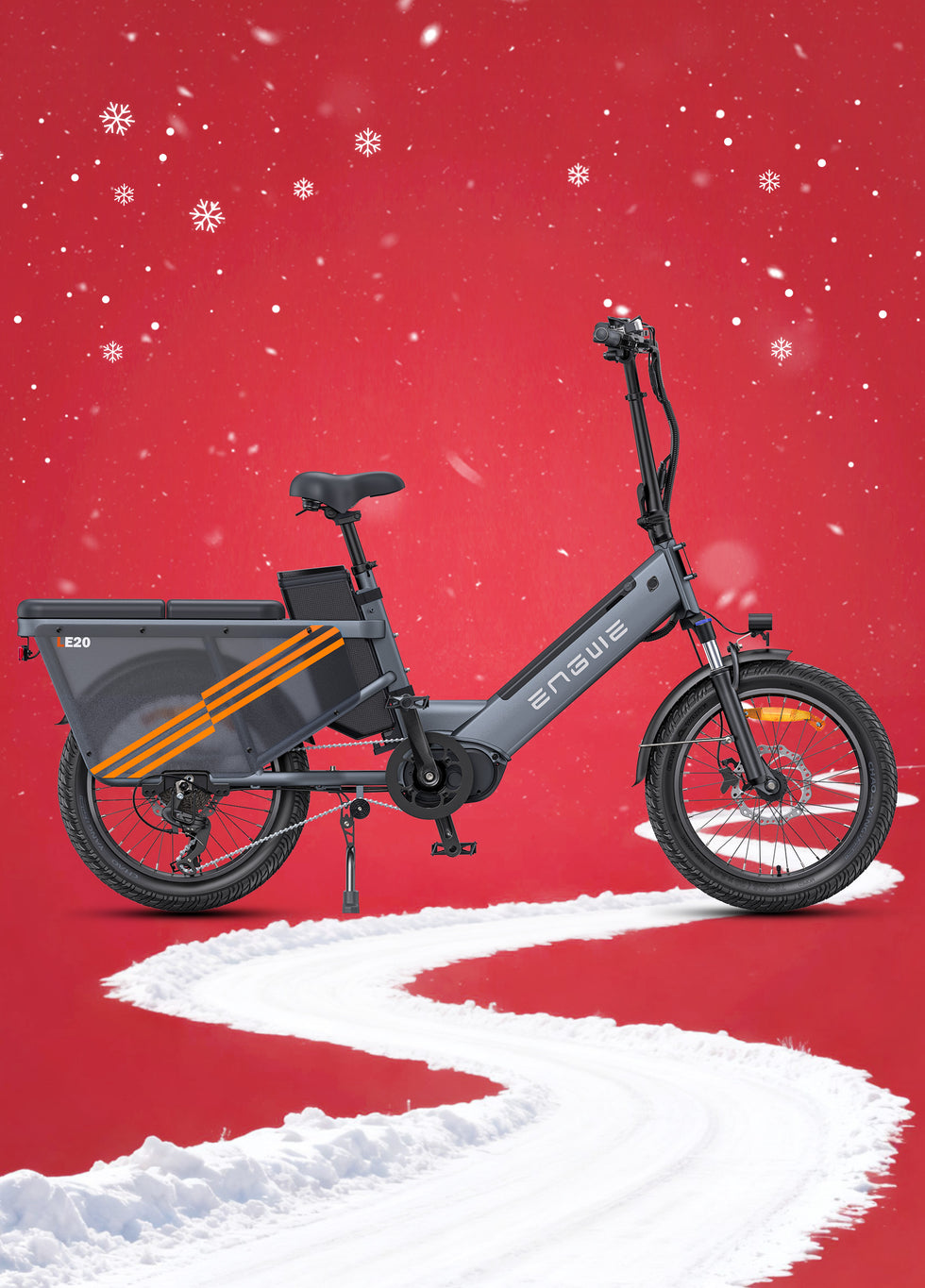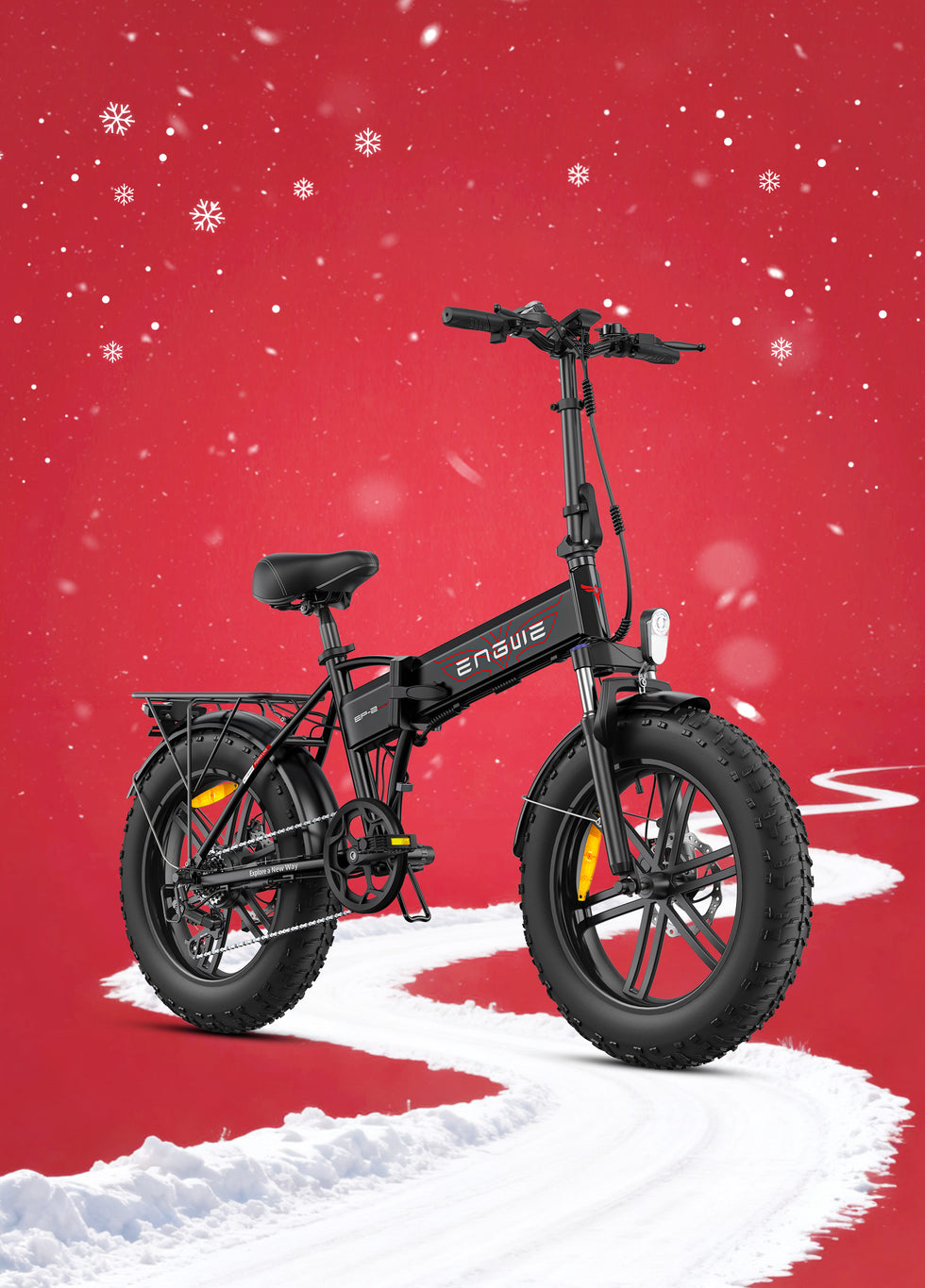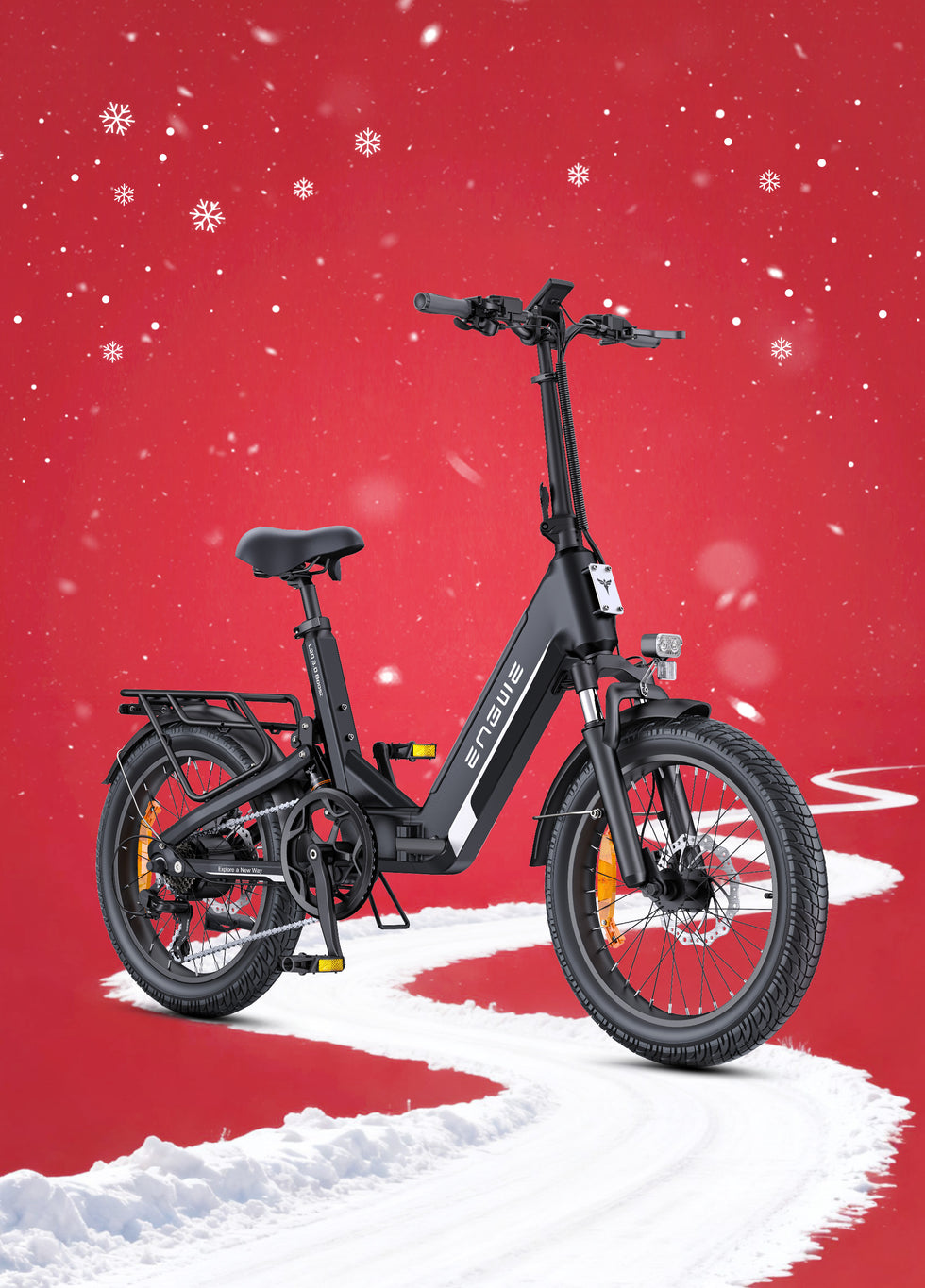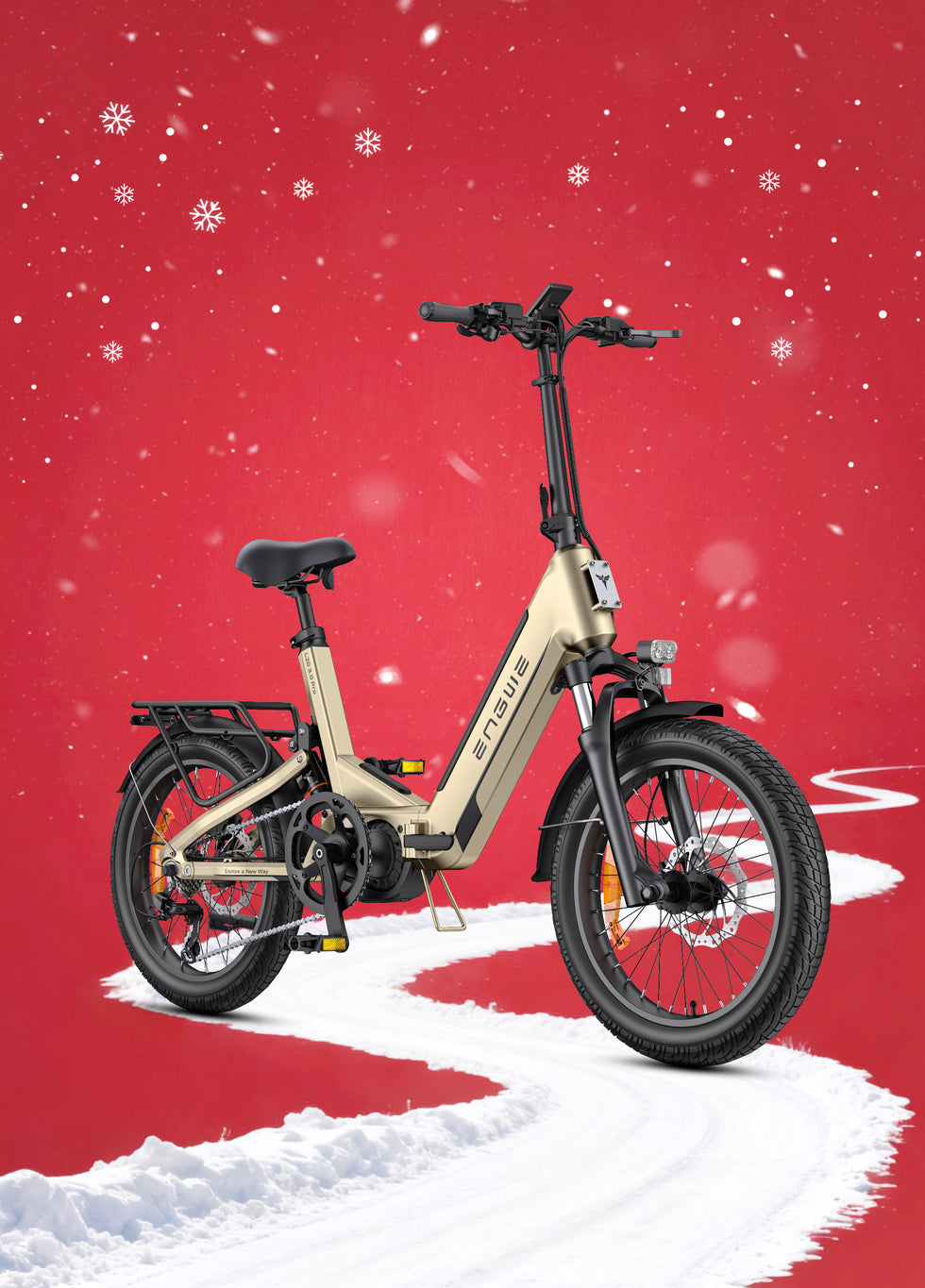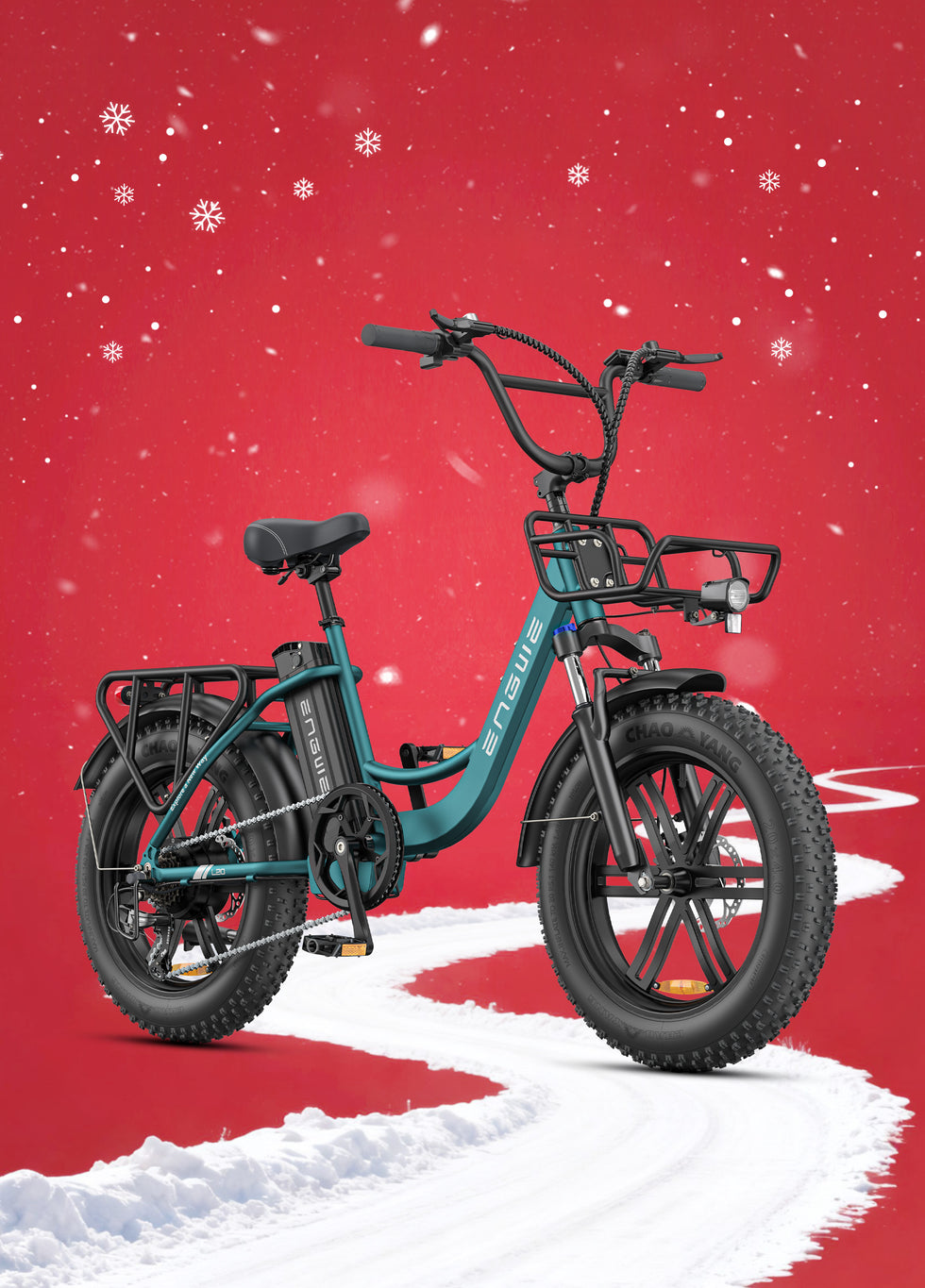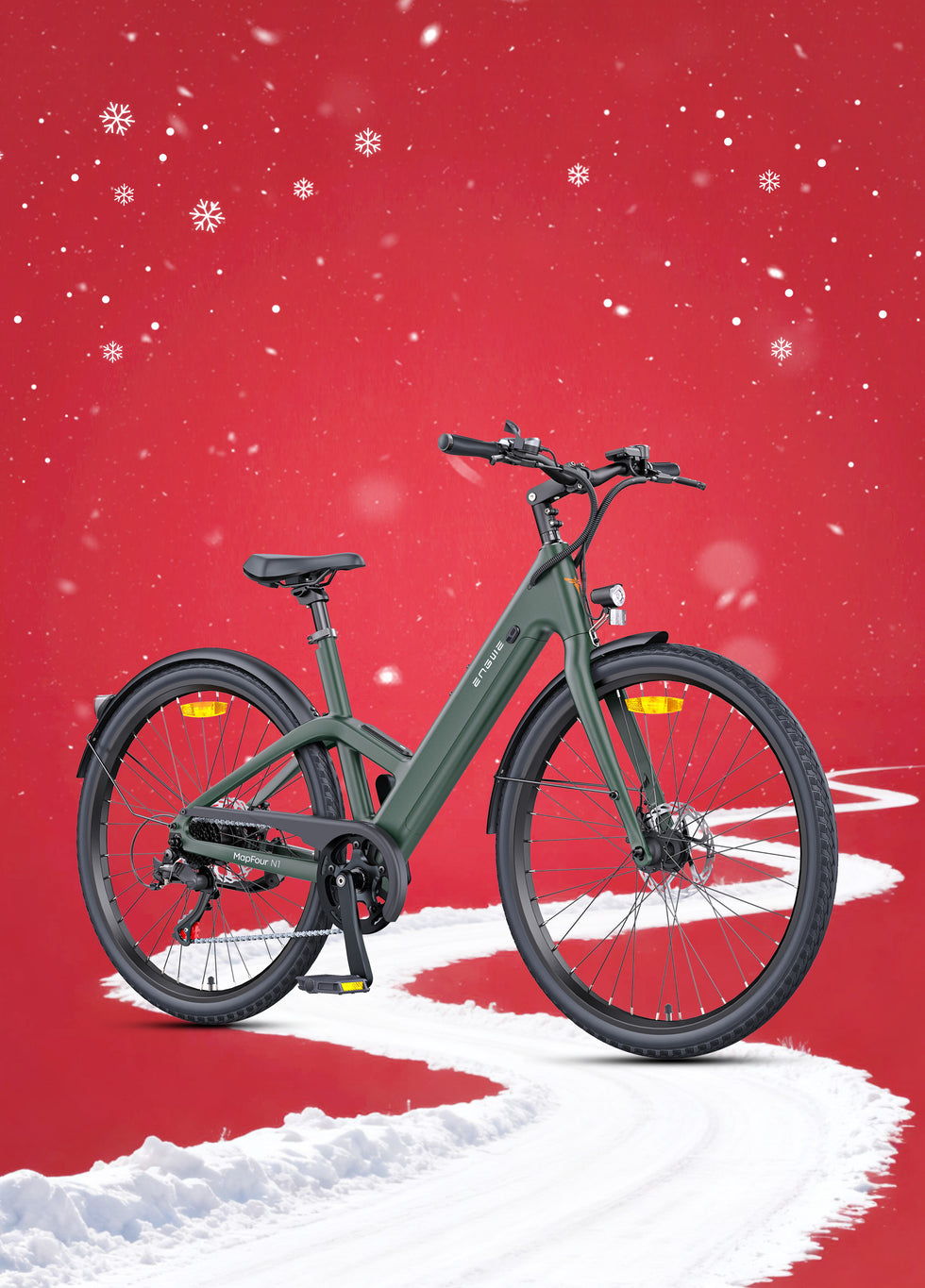We do not say in this article the things you cannot have; we show why a 250W e-bike that goes far and doesn't weigh too much is not a compromise, but the smart choice. Introducing you to the last word in what really makes a performance e-bike (hint, it's not just about watts), how to choose the right one for your needs and reveal why even the best 250W bikes on the market can deliver a ride that is more exciting and capable than you might think…
So What is E-Bike Motor Wattage, Really?
However, before we get into the nitty-gritty, let's quickly go over what 'watts' (W) mean in relation to the motor of an electric bike. Wattage, in basic terms, is a unit of power. In terms of the drive unit, it indicates the amount of motor power utilisation and hence how much power is capable of assisting your pedalling.Nominal Power / Peak Power
These are the two most commonly found figures. Nominal power (e.g., 250W) is the constant power the engine can supply at regular intervals without overheating. Peak power is the maximum amount of power a motor can make available for short bursts, like when you speed up or get going on a difficult hill. So a 250W motor could exceed 500W for a few seconds.A 1500W motor, however, is quite a bit more powerful on paper, meaning it can accelerate much faster and reach a greater top speed and is more suitable for tougher off-road driving conditions or as an electric mini-motorcycle on private property. However, this brings the legal classification in the UK into a fundamentally different tier.
UK LAW: AN OBLIGATORY LEGAL FACT ON E-BIKES
This is the most important information for every prospective buyer of an e-bike in the UK. If you want to talk about legal electric bikes, the term is "Electrically Assisted Pedal Cycle" (EAPC) for short. For classification as an EAPC and consequently treated as if it were a regular pedal cycle (no tax, no insurance, no licence), the following criteria must be fulfilled:Power output: The motor should not exceed 250 watts continuous rated power.
Speed Limit: The electric assistance is automatically disabled at 15.5 miles per hour (25 kilometres per hour). You can still pedal faster — the motor just won't help you.
Pedal Assist: The motor does not kick in unless the rider is actively pedalling. A new EAPC must not provide assistance without pedalling.
An electric bike capable of more than these values – for example, a 1000W, 1500W or 5000W model, or one with throttle assistance above this speed – would not be an EAPC. It falls into the category of mopeds or motorcycles. For street-legal use, you would have to register it with the DVLA, get a number plate, have it taxed for the road, hold a valid licence, insure it, and wear a motorcycle helmet. What started off as a simple, usable e-bike dream rapidly dissolves into the complex nightmare of expensive bureaucracy.
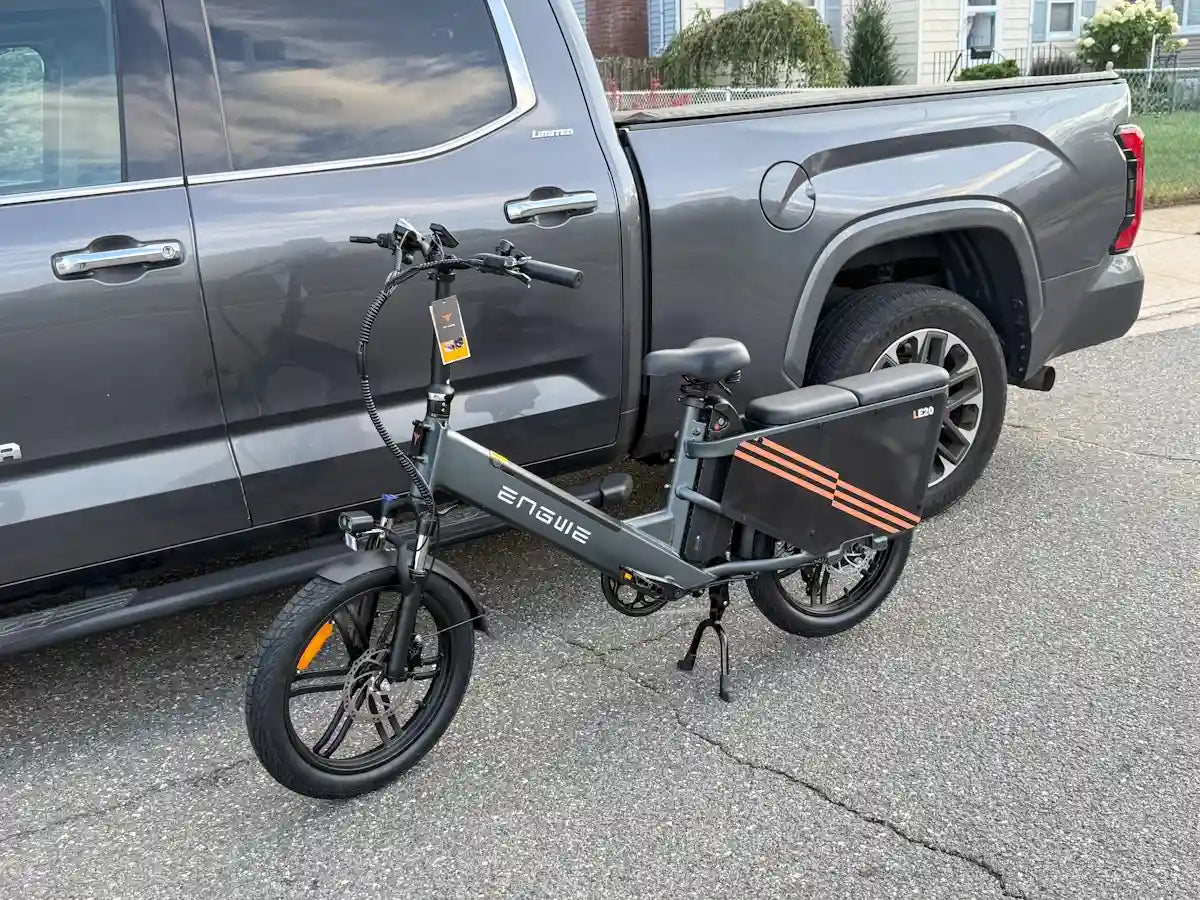
Top 5 250W Electric Bikes for Discriminating Cyclists
No illegal wattage means performance does not have to be sacrificed. In our experience, 250W can feel aggressive in the right package. Obviously, the devil is in the details when looking at other factors such as torque, battery technology and build quality, but you get what I mean. Below, we've rounded up five of the top-rated street-legal e-bikes that you can buy right now and start riding today.Best all-terrain folding e-bike: Engwe EP-2 Boost
For the riders where they just won't cave, choosing versatility over anything else is where the Engwe EP-2 Boost shines. Combining the convenience of a foldable urban electric bike with the sure-footed robustness of a fat-tyred all-terrain machine, it lends itself stylishly to the 250W legal specification. It's not about plenty of watts—it's about the right ones. The epicentre of that superb ride quality is the 250W brushless motor hooked up to an advanced torque sensor, which yields a supremely smooth and progressive degree of help that acts as a seamless extension of your own legwork. Its 55 N.m torque output can also be temporarily boosted to help you up those steeper inclines, with an instant surge of power courtesy of its unique 'Boost' button. Working together with a suspension fork, the 20 x 4.0-inch fat tyres take in most bumps and ensure a very cushy riding experience both on city tarmac and also on gravel and dirt roads. The practical side is just as convincing: A 48V/13Ah battery with an easy-remove latch offers an excellent range of up to 120 km, the clear LCD display gives you all essential information at a glance, and the SHIMANO 7-speed gear system offers precise speed control. With safety as a key concern as well, the bike comes with 180mm front and rear disc brakes. Its ability to fold down so small enables it to be stored in tight spaces and easily transported in a car, making every adventure within reach.
The Ultimate Urban Commuter
This category of e-bike is the first to be entirely shaped by city dwelling, and it is all about getting around cheaply, quickly, and without getting tired. As a result, the frame is typically more streamlined and doesn’t fold, the tyres are more slender to lessen rolling resistance, and there are built-in lights on the bike. Furthermore, the lights must be the most intense for navigating traffic and full-length mudguards so that you can remain un-splashed. The rear rack allows for the mounting of packed luggage for the regular commute into the workplace.The Long-Range Trekking Champion
Trekking e-bikes are made for people who like to go on cycle tours during the weekends and want a large capacity battery for long distances. This bike is built to travel long distances in comfort, with a frame and saddle designed to be comfortable. Since the rider sits upright, the bike is easy to steer and control using the back of the chairs to support a more splayed hand position. The tyres have much broader tread too for wet weather grip, and the front and back racks have four-side pannier mounts.The Lightweight Folding Specialist
If your commute includes a short train ride or if your apartment may be your e-bike’s home, a folding bike is best for you. Folding e-bikes are the most flexible e-bikes available due to their size. Its little wheels and cutting-edge materials make it the lightest bicycle available. However, what it lacks in tyre performance, it more than makes up for in folding.The Trail-Ready Hardtail eMTB
A hardtail electric mountain bike at 250W of legal power is perfect for people who want to use their eMTB on a trail. The battery capacities are small but mobile, suitable for use on rocky trails. The frame is robust and has a suspension fork; the machine is intended to be utilized on very rough terrain. It is the responsiveness of the bike during climbing that defines the motor's power delivery. The use of this item furnishes the user with an enjoyable and playful experience.Picking The Best 250W Electric Bike for How You Might Use it
All of the above to say, it can be a little confusing to navigate the legal world in terms of e-bikes. If you need help choosing a perfect match for you, consider the following key factors.Define Your Primary Use — What will you use the bike for 90% of the time?
Commuting: Again, reliability is key — and lights so you can be seen are a must, as well as mudguards, perhaps with a rear rack for a bag.Leisure & Fitness: Comfortable riding position, good range and a smooth assistance system.
Off-Road Tracks: Front Suspension, Rugged Tyres, Disc Brakes, High Torque.
Cargo & Utility: You need a bike with a strong frame and high payload capability (e.g., the Engwe EP-2 Boost's 150kg limit), and big brakes.
Know your course: Keep yourself honest about where you are going to be riding most of the time.
Flat terrain: Focus on a lighter bike and lose out on massive torque, if necessary.Hilly: Torque is your best friend. Even little things like a motor with a high N.m rating will help massively. Another important thing is a good gear system.
How easy will it be to store the bike?
A full-size bike is acceptable if you have a garage. A foldable electric bike in this regard is best, especially if you live in a flat or need to take it on public transport. At this moment, you have to take the folded dimensions of the bike and measure your storage space with the same dimensions.Inspect the Major Parts: This goes further than the engine; this is what makes the bike stand out.
Battery: Compare Voltage (V) and Amp-hours (Ah). They also allow you to calculate Watt-hours (Wh), the best measure of overall capacity and therefore potential range, by multiplying them. It benefits from a removable battery - good for easy charging and security.Brakes: Disc brakes will give you the best stopping power, especially in wet weather, as they are less affected by moisture than older rim brakes (which also reduce wear on your rims). The larger 180mm discs deliver even more force.
Torque Sensor: A torque sensor measures how hard you pedal, providing proportional assistance for a natural feel. A cadence sensor only senses when you are pedalling and gives a fixed amount of power, which can be less responsive. Torque sensors are pretty much found only in decent e-bikes.
How can a 250W E-Bike feel so powerful?
But what is it that allows this 250W e-bike to feel like it has significantly more than 250 watts? Power is a combination of things. Foremost among these is torque, expressed in Newton-metres (N.m). For example, a 250W motor which delivers 30 N.m of torque will feel very different on hills to a similarly rated power unit with a higher torque output—such as one with 55 N.m. Pair a torque sensor that does not lag behind rider input with the ability for a battery to output current quickly and set it all up with an efficient mechanical gear system, and you have a ride that feels powerful and capable.Can I just buy a 1500W bike and ride carefully?
No. The bike's theoretical capability is what counts legally. Especially since if the motor is rated above 250W and the max speed is not limited to 15.5 mph (25 km/h), then one bylaw will be followed by another telling you that any vehicle exceeding these limits needs registration, insurance, plates and a licence. This is a big gamble that one must not take.How far can I go on a 250W e-bike?
This varies enormously. A manufacturer's published max range per charge (e.g., 120 km) is typically based on ideal conditions: a lightweight rider, in an area with no hills, and with no wind, using the lowest Pedal Assist level (PAS1). This will be less in the real world of tackling hills, using higher assist levels, carrying weight etc. Factors such as wind resistance, tyre pressure, weight, assistance settings, and the typical power draw of certain high-wattage accessories can mean a good quality 250W e-bike with a 48V 13Ah battery might deliver anywhere from 40-90 km of range on one charge.Do I really need fat tyres?
This totally depends on your use case. They are heavier and slower on city streets, but the payoff is worth it since they create a natural suspension effect for a smoother cycling experience and provide exceptional grip and steadiness on gravel, grass, fine sand or in rugged roadways. These factors drive more confidence and make room for extra routing options.What are the Benefits of a Torque Sensor over a Cadence Sensor?
For a more experienced or conventional rider, absolutely. A torque sensor makes the assistance feel as intuitive and seamless as if your own legs got magically stronger. It also tends to be more efficient, saving battery power. A cadence sensor, on the other hand, can provide a more consistent pedal assist experience, but the downside is that it's more simplistic and less responsive than using a torque sensor. While it might not be in everyone's budget, going with a bike that uses a torque sensor is one of the biggest improvements to the entire ride experience you can make.
Conclusion: The Smart Power Choice
At its core, the quest that starts with high-watt electric bikes is a search for freedom. As beautiful as the raw numbers of a 1000W, 1500W or even 5000-watt motor are, the legal and practical reality in the UK is leading us to adopt a more intelligent approach. Today's 250W electric bike is the modern equivalent of a finely balanced machine carefully designed to offer as much performance as possible while working within the rules that govern our roads.But when instead of worrying about the single, legally-binding number that sends all other parties into a tizzy, you do what everyone really should be doing these days -- focusing on torque, battery quality, sensor technology and build-specific features -- then you can buy a street-legal bike right now which is going to kick serious butt. Whether it's an all-terrain folder to take on quick rides or weekend trips, a dedicated commuter bike for city streets, or a trail bike for shredding down the trail, the average 250W e-bike will help you conquer your ride and conquer some hills with ease.
